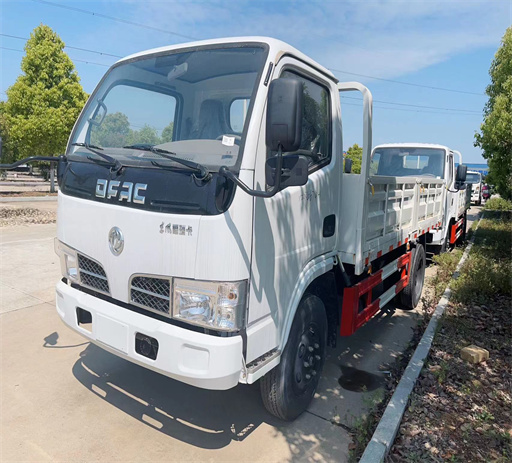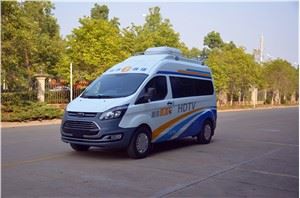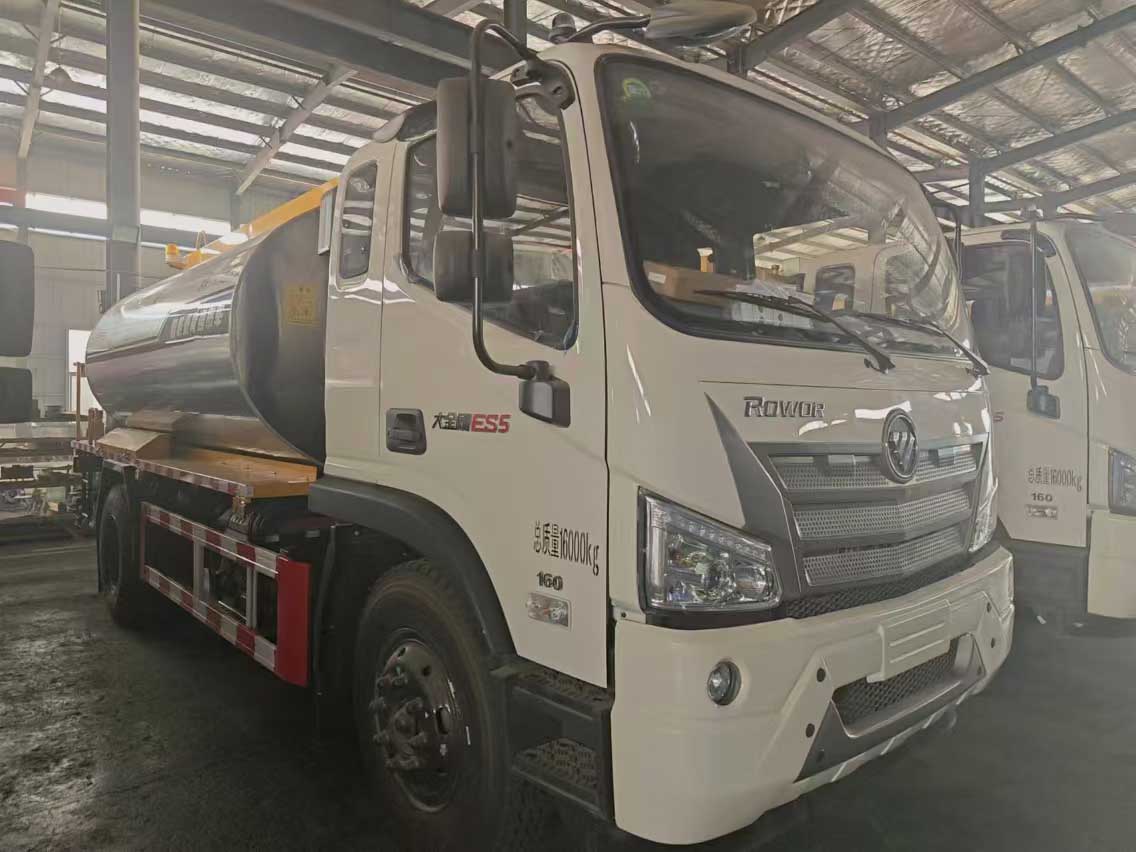Understanding the Difference in Truck Cab Sizes
When it comes to purchasing or renting a truck, one of the most vital factors to consider is the cab size. The cab size can significantly influence comfort, space, usability, and even the cost of your vehicle. This comprehensive guide examines the various truck cab sizes, their specifications, practical examples, and tips to help you make an informed decision.
What Are Truck Cab Sizes?
Truck cab sizes refer to the different configurations of the truck’s cabin area. These sizes often determine how many passengers can comfortably travel inside and how much space is available for storage. Understanding the various options can help potential buyers or renters choose the right vehicle for their needs.
Types of Truck Cab Sizes
Regular Cab
A regular cab, also known as a standard cab, typically features two doors and seating for up to three passengers. This cab size is designed primarily for utility and efficiency, making it an excellent choice for drivers who prioritize payload and towing capacity over passenger comfort.
Specifications
- Maximum interior space: Approximately 65-70 inches
- Typical seating: 2-3 passengers
- Ideal for: Work-focused applications
Practical Examples
Regular cabs are often found in work trucks, such as the Ford F-150 Regular Cab or Chevrolet Silverado Regular Cab. They are ideal for farm workers, contractors, and tradespeople who require a robust vehicle for hauling equipment.
Extended Cab
The extended cab is a step up from the regular cab, providing additional seating without significantly compromising the truck’s utility. Typically featuring four doors, the extended cab often contains smaller rear seats, best suited for occasional passengers.
Specifications
- Maximum interior space: Approximately 80-85 inches
- Typical seating: 4-5 passengers
- Ideal for: Families or occasional extra passengers
Practical Examples
Models like the Toyota Tundra Extended Cab or Nissan Titan King Cab offer ample space for passengers while maintaining a sturdy truck bed. These cabs work well for families who need extra room but still rely on their trucks for work or leisure activities.
Crew Cab
Crew cabs provide a spacious option suited for both work and family needs. With four full-sized doors and enough room for four to six passengers, these cabs offer the most comfort and versatility.
Specifications
- Maximum interior space: Approximately 90-100 inches
- Typical seating: 5-6 passengers
- Ideal for: Families and groups

Practical Examples
Popular models such as the Ford F-150 Crew Cab and Dodge Ram 1500 Crew Cab showcase impressive interior designs and layouts. They are ideal for those who frequently travel with family or friends, offering convenience without sacrificing the truck’s utility.
California/Flat Bed Cabs
California or flat bed cabs feature a design that allows for a flat bed behind the cab, allowing for more customization options for cargo. These trucks may not be as common but are popular among professionals requiring a robust workhorse.
Specifications
- Maximum interior space: Varies based on model
- Typical seating: 2-3 passengers
- Ideal for: Specific work applications
Practical Examples
Trucks like the Ford F-350 Flat Bed or Chevrolet Silverado Chassis Cab are tailored for a variety of work uses, catering to contractors, delivery services, and more. The flatbed setup allows for a variety of attachments, enhancing utility.

Factors to Consider When Choosing a Cab Size
Passenger Capacity
Evaluate how many passengers you typically transport. If it’s only yourself or one other person, a regular cab may suffice. However, larger families or workgroups might benefit from an extended or crew cab.
Intended Use
Consider how you plan to use the truck. A regular cab might be best for pure work tasks, while a family-oriented team would likely require a crew cab.
Budget
Cab sizes can influence the price range. Regular cabs are often cheaper than crew cabs, so set a budget that aligns with your needs and financial situation.
Space Requirements

Think about how much storage space you need for tools, equipment, or recreational gear. The size of the truck bed might be just as critical as the cab space.
Comfort Level
The comfort of passengers can vary significantly between cab sizes. If long journeys are typical, then a crew cab with more passenger space would be wise.
Comparing Truck Cab Sizes: A Table Overview
| Cab Size | Passenger Capacity | Interior Space (inches) | Best For |
|---|---|---|---|
| Regular Cab | 2-3 | 65-70 | Work-focused applications |
| Extended Cab | 4-5 | 80-85 | Families or occasional extra passengers |
| Crew Cab | 5-6 | 90-100 | Families and groups |
| California/Flat Bed Cab | 2-3 | Varies | Specific work applications |
Popular Truck Models by Cab Size
Regular Cab Models
- Ford F-150 Regular Cab
- Chemor Chevrolet Silverado Regular Cab
- Dodge Ram 1500 Regular Cab
Extended Cab Models
- Toyota Tundra Extended Cab
- Nissan Titan King Cab
- GMC Sierra Extended Cab
Crew Cab Models
- Ford F-150 Crew Cab
- Chevrolet Silverado Crew Cab
- Ram 1500 Crew Cab
Long-Term Considerations
Resale Value
The cab size you choose can impact the truck’s resale value. Crew cabs tend to have better resale value due to their versatility and demand.
Insurance Costs
Insurance premiums can vary based on cab size, so inquire with your provider about potential cost differences.
Fuel Efficiency
Generally, smaller cabs offer better fuel efficiency. If minimizing fuel costs is a priority, consider this trade-off when selecting your cab size.
Tips for Choosing the Right Truck Cab Size
Test Drive
Always test drive different cab sizes to understand the comforts and feel of each. This will help you visualize how the cab size fits your needs.
Consult Professionals
Seek advice from truck sales professionals who can provide insights based on your requirements and preferences.
Compare Online Reviews
Look for reviews and comparisons of different truck cab sizes and models to gauge feedback from actual users.
Consider Future Needs
Think about future scenarios. If you plan on expanding your family or business, a larger cab may be worth the investment upfront.
Frequently Asked Questions
1. What is the most popular truck cab size in the market?
The crew cab is currently the most popular truck cab size due to its versatility, offering ample space for passengers and cargo.
2. Are regular cabs considered outdated?
While regular cabs are less common for personal use today, they are not outdated. They remain highly valued for work-focused applications.
3. Can you convert an extended cab to a crew cab?
Converting an extended cab to a crew cab isn’t feasible due to structural differences, but many aftermarket options can enhance space utilization.
4. How do truck cab sizes affect payload capacity?
A truck’s payload capacity is often higher in regular cabs due to reduced weight from fewer passengers. Larger cabs may have a slightly lower capacity because of added amenities.
5. Which cab size is best for long-distance travel?
The crew cab is often the best option for long-distance travel, providing sufficient space for passengers and luggage for comfort on extended trips.
6. Do different cab sizes affect towing capabilities?
Cab size can impact towing capacity slightly. Generally, larger cabs may have a reduced towing capacity due to their added weight, but this varies by truck model.
